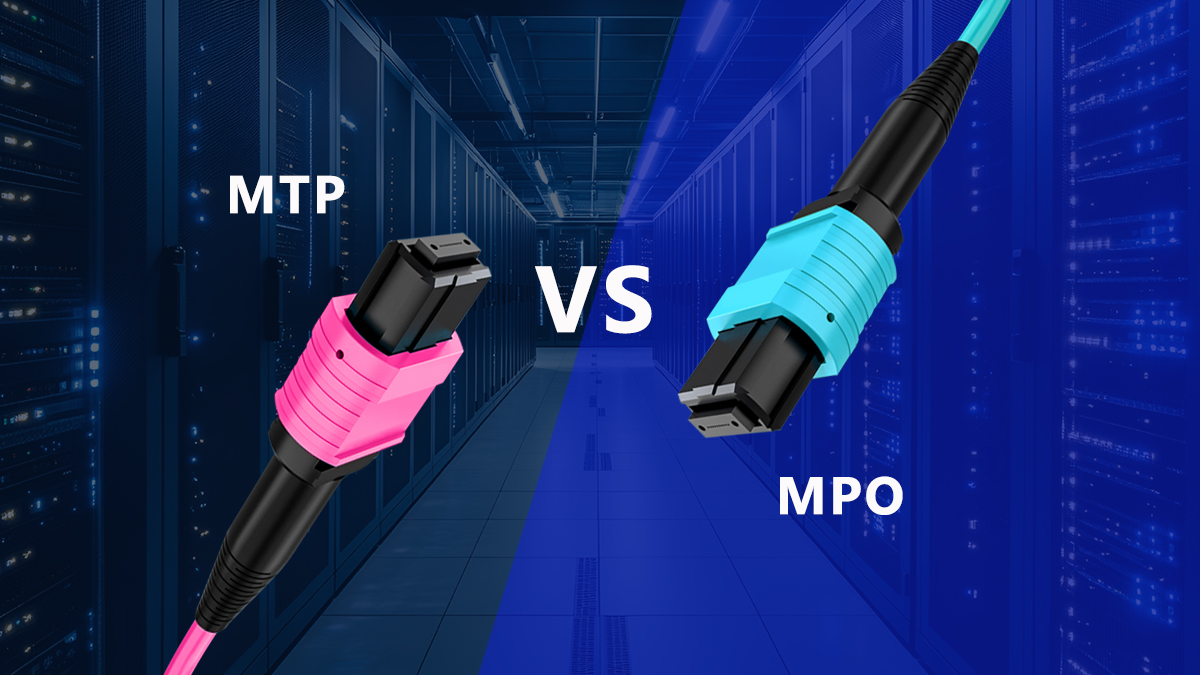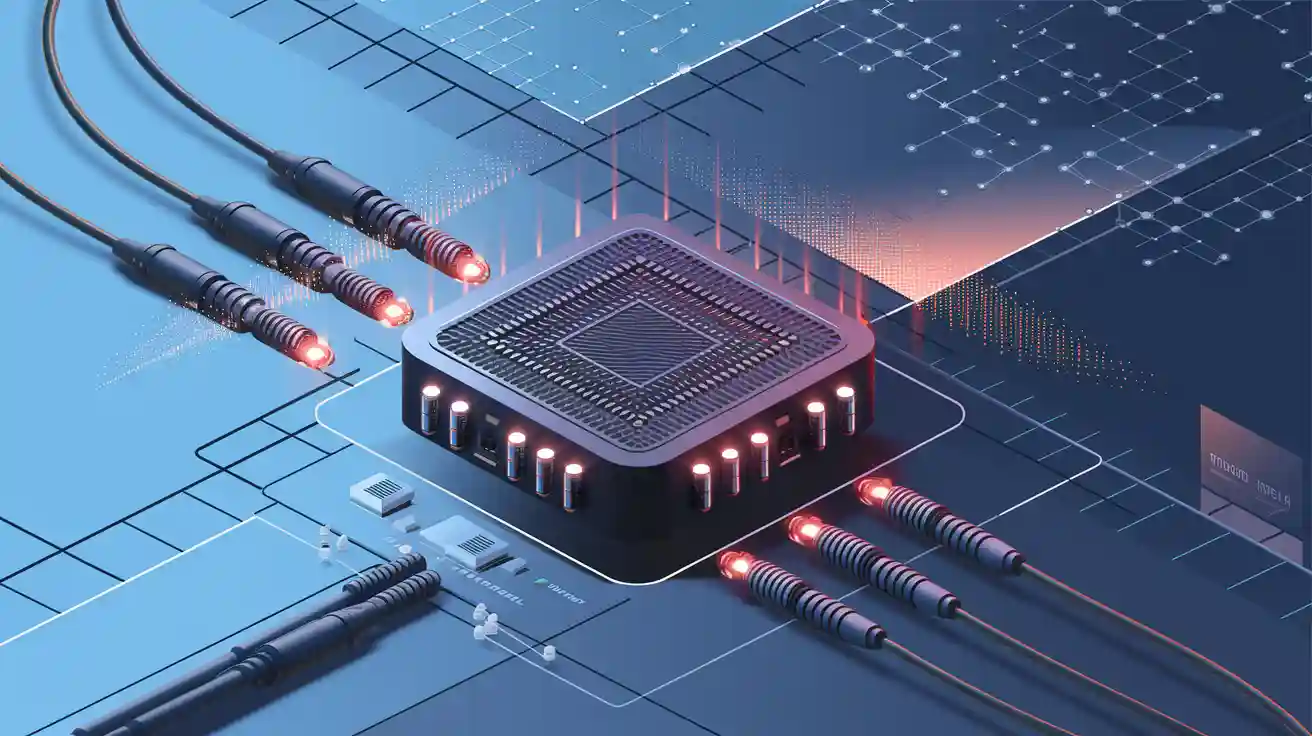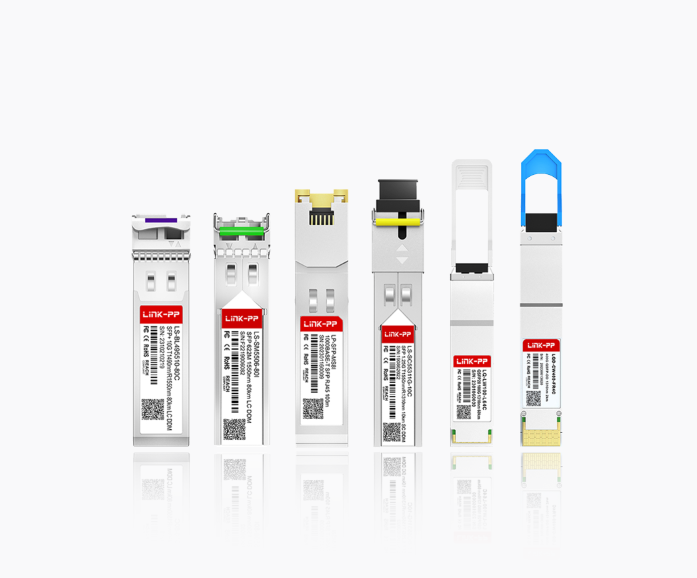
In the world of fiber optic connectivity, MTP and MPO connectors serve as essential components for efficient data transmission. An MPO connector, short for Multi-Fiber Push-On, is a widely used fiber optic connector designed to support multiple fibers in a single interface. On the other hand, the MTP connector is an advanced version of the MPO, offering enhanced optical and mechanical performance.
Choosing the right connector impacts your network’s efficiency and scalability. For instance, MTP connectors excel in high-speed data transmissions due to their superior insertion loss, often around 0.15 dB compared to 0.35 dB for standard MPO connectors. With the growing demand for high-density cabling solutions and high-performance networks, these connectors play a pivotal role in applications like data centers and optical transceivers.
The MPO connector’s ability to enable rapid network deployment and reconfiguration makes it indispensable for modern data infrastructure. Meanwhile, MTP connectors set the benchmark for reliability and scalability in high-performance environments.
Key Takeaways
MTP connectors work better with less signal loss. They are great for fast networks like 100G and 400G.
MPO connectors cost less and work for simple setups. But they might not handle advanced network needs.
MTP connectors have parts you can remove. This makes fixing and changing them easier. They last longer and can grow with your network.
When picking connectors, think about how fast your network needs to be. Also, plan for future growth to keep it working well.
MTP connectors can work with MPO connectors. You can upgrade without changing old systems.
Understanding MPO and MTP Connectors
Both MTP (Multi-Fiber Termination Push-on) and MPO (Multi-fiber Push-On) are multi-fiber connectors designed to support high-density cabling in data centers, telecom networks, and enterprise environments. However, their design philosophies and performance metrics differ significantly.
What is an MPO Connector?
MPO, standardized under IEC-61754-7, is a generic term for connectors that house 12 to 72 fibers in a single ferrule. Introduced in the 1990s, MPO connectors revolutionized high-density cabling but faced challenges with insertion loss, durability, and alignment precision.
What is an MTP Connector?
Developed by US Conec as an enhanced MPO variant, MTP® (a registered trademark) addresses MPO’s limitations. It features a floating ferrule for better alignment, elliptical guide pins for reduced wear, and a removable housing for easier maintenance. MTP is widely regarded as the premium choice for 40G/100G/400G networks.
MTP vs MPO: Key Differences Explained
To make an informed decision, let’s compare these connectors across critical parameters:
Feature | MPO Connector | MTP Connector |
|---|---|---|
Standardization | IEC-61754-7 | Proprietary (US Conec) |
Insertion Loss | ≤0.5 dB | ≤0.2 dB |
Ferrule Design | Fixed, rigid ferrule | Floating ferrule for better alignment |
Guide Pins | Plastic, Round, prone to wear | Stainless Steel, Elliptical, anti-rotation design |
Outer Housing | Fixed, less versatile | Removable for easy maintenance |
Scalability | Supports higher fiber counts | Lower capacity, suitable for smaller setups |
Durability | 500 mating cycles | 500+ cycles with lower degradation |
Applications | Basic 10G/40G networks | High-density 40G/100G/400G, data centers |
Compatibility | Works with MTP systems | Backward-compatible with MPO |
Why Choose MTP Over MPO?
Superior Optical Performance
MTP’s floating ferrule and precision alignment reduce insertion loss to ≤0.2 dB, ensuring reliable signal integrity for optical transceiver-intensive applications like cloud computing and AI data centers.Scalability for Future Networks
With support for up to 72 fibers and compatibility with LINK-PP QSFP-DD modules, MTP systems seamlessly scale to 400G and beyond.Ease of Maintenance
The MTP’s removable housing allows quick cleaning and reconfiguration—critical for minimizing downtime in hyperscale environments.Lower Total Cost of Ownership (TCO)
Though MTP has a higher upfront cost, its durability and performance reduce long-term maintenance expenses.
Applications of MPO and MTP Connectors
Both MPO and MTP connectors play crucial roles in modern fiber optic networks. MPO connectors are commonly used in MPO-based infrastructure, such as telecommunications and data centers, where rapid deployment and cost efficiency are priorities. For example, MPO cables are often used to connect multiple fibers in high-density environments, enabling faster installation and reduced downtime.
MTP connectors, on the other hand, are essential for MTP-based infrastructure that demands high performance and scalability. They are widely used in data centers for high-speed transmissions, such as 100G and 400G applications. Their ability to handle multiple fibers with minimal signal loss makes them ideal for enterprise networks and scalable fiber solutions.
Tip: If your network requires frequent upgrades or operates in a high-density environment, MTP connectors provide the reliability and performance you need.
How to Choose Between MTP and MPO
Ask these questions:
Bandwidth Requirements: Are you deploying 100G+ or future-proofing for 400G? → Choose MTP.
Budget Constraints: Is upfront cost a priority over TCO? → MPO may suffice.
Environment: Harsh conditions or frequent reconfigurations? → MTP’s robustness wins.
For optimized performance, pair your connectors with LINK-PP’s optical transceivers, engineered for seamless compatibility and ultra-low BER (Bit Error Rate).
Choosing the right connectors for your network depends on understanding the differences between MTP and MPO connectors. MTP connectors offer lower insertion loss, better return loss, and higher reliability, making them ideal for resilient networks and high-performance applications. MPO connectors, while cost-effective, suit simpler setups where advanced performance is not required.
Metric | MTP Connectors | MPO Connectors |
|---|---|---|
Insertion Loss | Lower | Higher |
Return Loss | Better | Poorer |
Reliability | Higher | Lower |
If your network demands scalability and precision, MTP connectors provide the durability and optical clarity needed for advanced systems. For cost-effective solutions, MPO connectors remain a practical choice. By evaluating your network’s performance requirements and future scalability, you can make an informed decision that ensures efficiency and reliability.
FAQ
1. What is the main difference between MTP and MPO connectors?
MTP connectors are an enhanced version of MPO connectors. They offer better optical performance, durability, and modularity. MPO connectors are cost-effective and suitable for simpler setups, while MTP connectors excel in high-density and high-speed networks.
2. Can MTP connectors work with MPO-based systems?
Yes, MTP connectors are fully backward compatible with MPO connectors. You can integrate them into existing MPO-based systems without replacing all components, ensuring seamless upgrades and scalability.
3. Which connector is better for high-speed networks?
MTP connectors are better for high-speed networks. Their lower insertion loss and advanced alignment ensure reliable data transmission, making them ideal for 100G and 400G applications.
4. Are MTP connectors more expensive than MPO connectors?
Yes, MTP connectors have a higher upfront cost due to their advanced features. However, their durability and scalability often result in long-term savings, making them a cost-effective choice for high-performance networks.
5. How do I choose between MTP and MPO connectors?
Evaluate your network's performance needs, budget, and scalability requirements. Choose MPO connectors for cost-effective solutions and MTP connectors for advanced applications requiring precision, reliability, and future-proofing.
See Also
Essential Insights Into Power Over Ethernet Technology
Understanding Wavelength Division Multiplexing in Optical Networks




